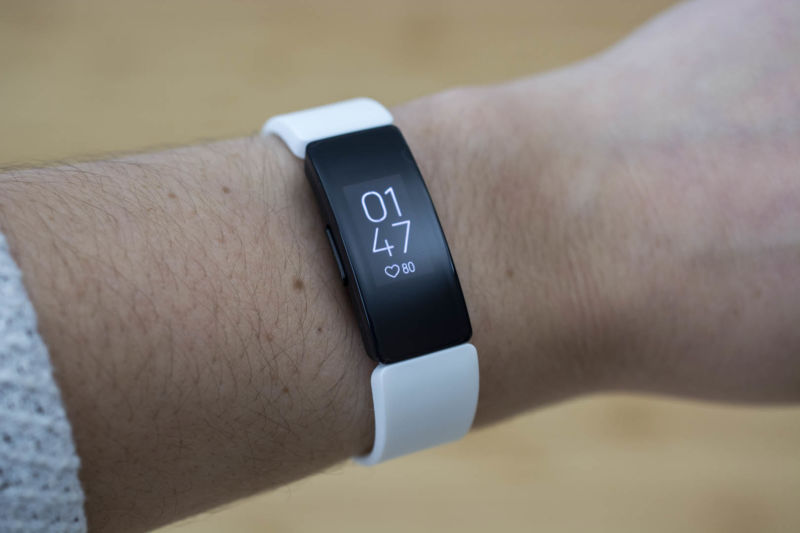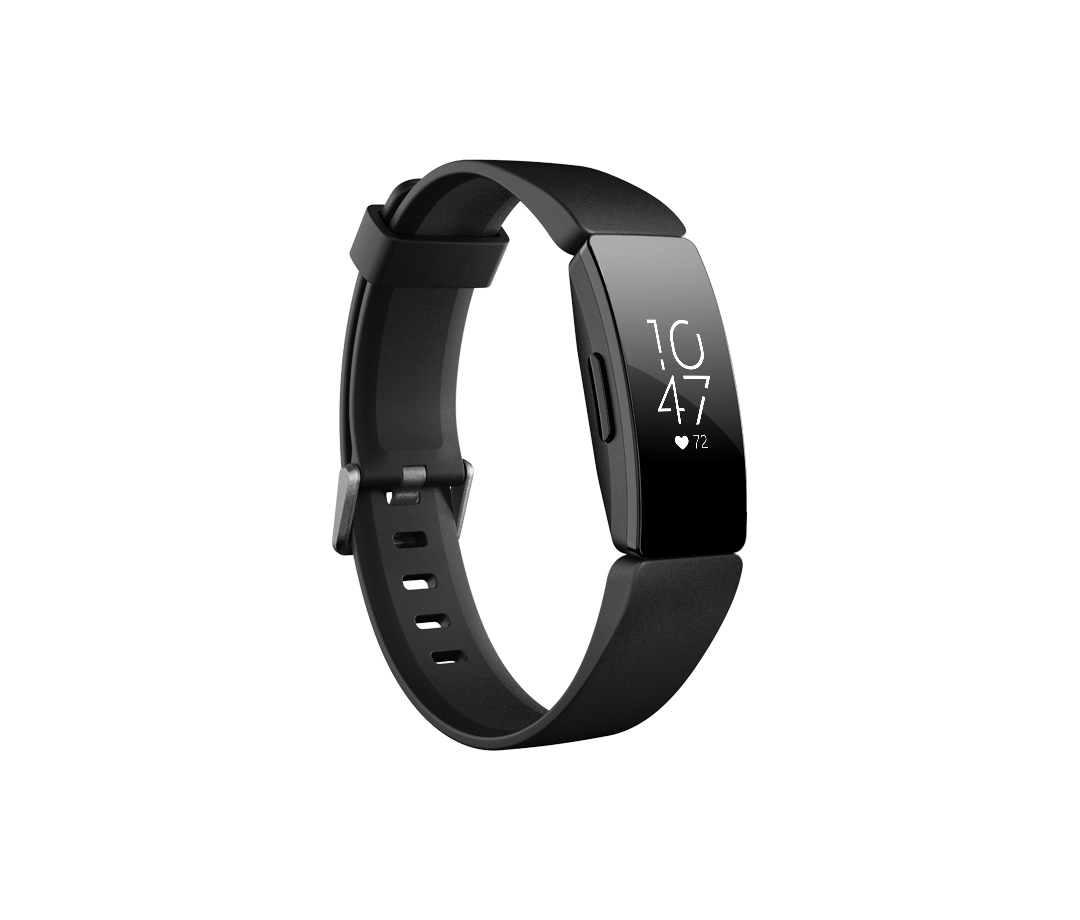
Apple may be dominating the wearable space, but Fitbit isn't far behind. Long before Apple even made smartwatches, Fitbit made fitness trackers for all types of people who would like to become healthier or advance their training to the next level. And as of late, Fitbit's $129 Alta HR surpassed others as our favorite simple-yet-powerful fitness band that could work for almost anyone.
But now, Fitbit is retiring the Alta HR and replacing it with the new $69 Inspire and $99 Inspire HR fitness trackers. These devices are meant to not only fix some of the shortcomings of the Alta HR but to also attract users who have never worn a wearable before. There are plenty of those people, and Fitbit is betting that a good portion of them don't want a smartwatch and would jump at the chance to spend less on something that's just as capable when it comes to fitness.
We recently spent about a week with the Inspire HR to see for ourselves if Fitbit had taken what Ars saw as the best tracker out there and in fact made it better. And perhaps more importantly to this fitness brand, how compelling is this new wearable for newbies?
Design
There are noticeable differences between the Alta HR and the Inspire HR in design, but none are so garish that they warrant outrage—or even strong feelings. The Inspire HR looks like a refined Alta HR, with rounded corners, an oval-shaped underbody, and new bands that attach via quick-release pins.
Due to its curved profile, the Inspire HR (like the Alta HR) struggles to lay flat on a table unless it's tilted to one of its sides. When it's not on your wrist, you'll always be able to see the flickering lights from the optical heart-rate monitor as well as the magnetic pins that attach to the device's proprietary charging cable.
Many of Fitbit's devices have had interchangeable bands, but it's not a feature to overlook. Some fitness trackers still enter the world as one unmovable piece, which isn't ideal, to say the least. Devices designed in this way could succumb to wear and tear more easily, because you can't switch out bands if and when they become damaged.
The Inspire HR has a better shot of lasting for a long time thanks to its interchangeable bands, and Fitbit offers a wide variety of bands made from different materials for all occasions. I prefer the silicone bands because they're the best to wear when working out. The material doesn't irritate skin even when you're sweating, and it's easy to wipe clean and disinfect after working out. Silicone will also last longer than leather and other band materials when faced with sweat and water.
The Inspire HR's module is slightly wider than that of the Alta HR, although the touchscreen doesn't take up the entirety of the upward-facing flat portion. However, I was very happy to see that Fitbit changed the screen from a tap-only display to a full-on touchscreen that supports taps and swipes. It's still a tiny, grayscale display, but it's much more practical than the screen on the Alta HR.
Inside the device are an accelerometer, optical heart-rate monitor, and vibration motor. The former two sensors allow the device to track steps, distance, calories, activities, and sleep, while the latter is used for smartphone alerts. Notification vibrations are strong enough to alert you to a new message but not so strong that they'll startle you. The heart-rate monitor keeps track of your pulse continuously, taking and storing measurements every five seconds, or every second during exercise tracking.
The Inspire HR, unlike the Alta HR, is swimproof up to 50 meters, and it will track swim exercises. Fitbit's Flex 2 device was once the only tracker in its lineup that tracked swimming, but the company has since added that feature to all of its smartwatches and trackers. Even if you don't swim regularly, the device's water resistance should protect it from accidental drops in the sink or if you forget to take it off before showering.

Fitbit Inspire HR
All of those changes make the Inspire HR a better-looking and feeling band than the Alta HR. It's comfortable to wear all day and all night, and I never had trouble using the new touchscreen and single side button for navigation. However, the Inspire HR doesn't last as long on one charge as the Alta HR did. The previous device had a reliable battery life of seven days, but the Inspire HR will only last five days. After my fourth day of wearing the device all day and night (and after tracking three one-hour-long workouts), the HR was down to about 20 percent battery life.
That's not a huge difference, but it's still disappointing. Battery life is one of the key features of any wearable, and it's particularly important for devices that you're expected to wear through the night to track sleep. Users won't have to charge up every day, but those who put a lot of strain on the Inspire HR (as in tracking many workouts, receiving tons of alerts throughout the day, sleeping with it each night) will definitely have to charge it every four to five days.
reader comments
69